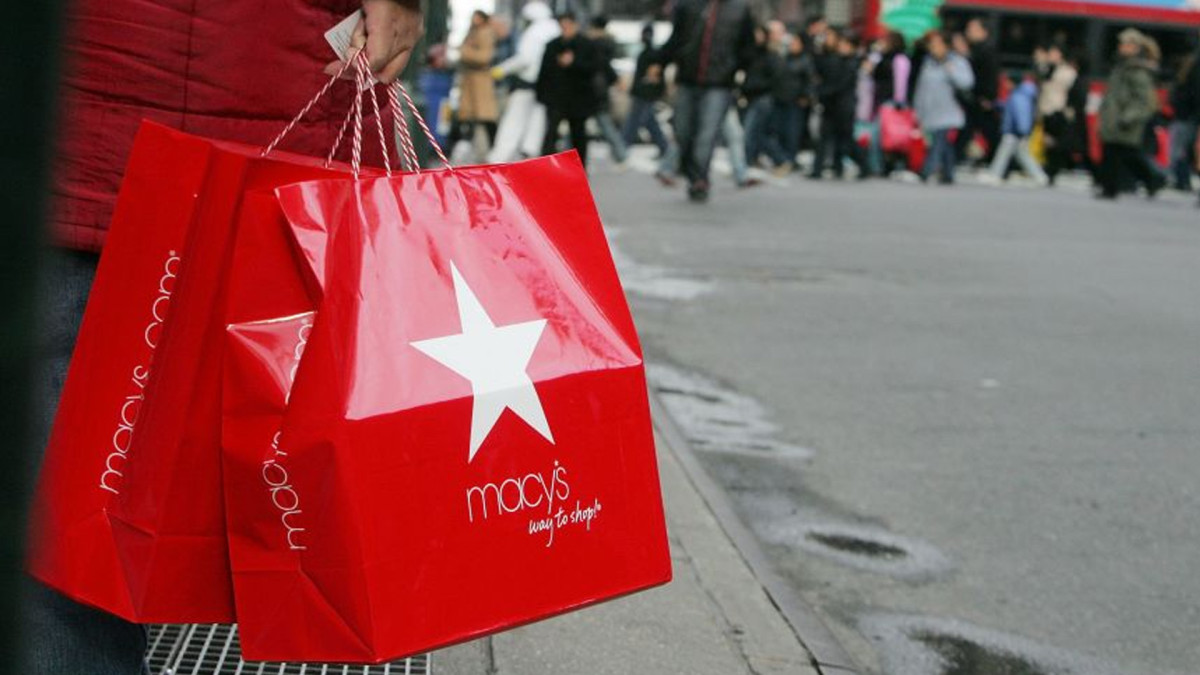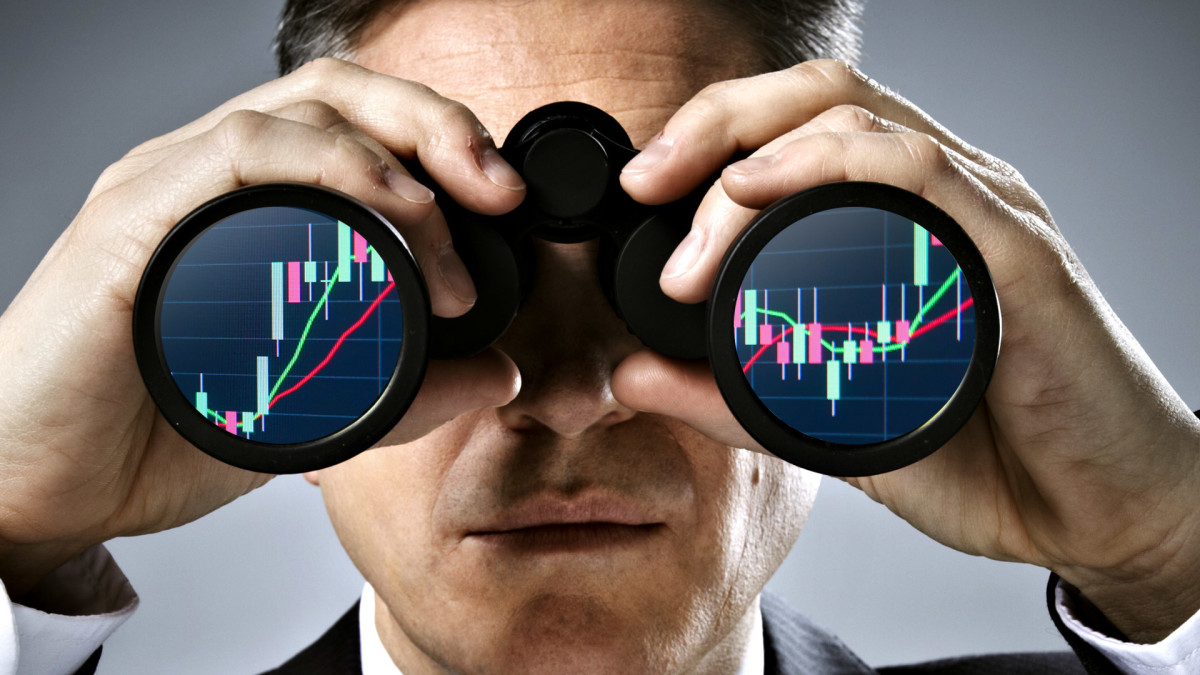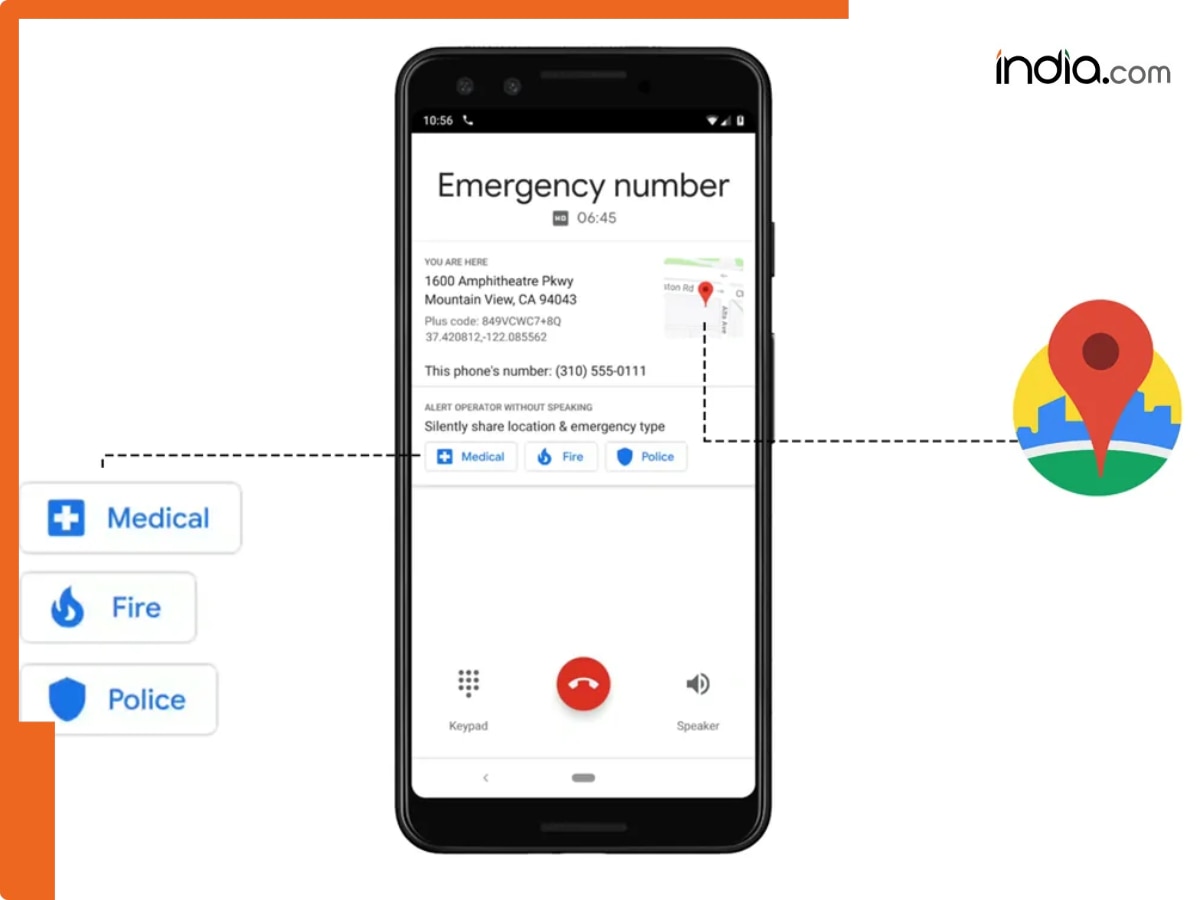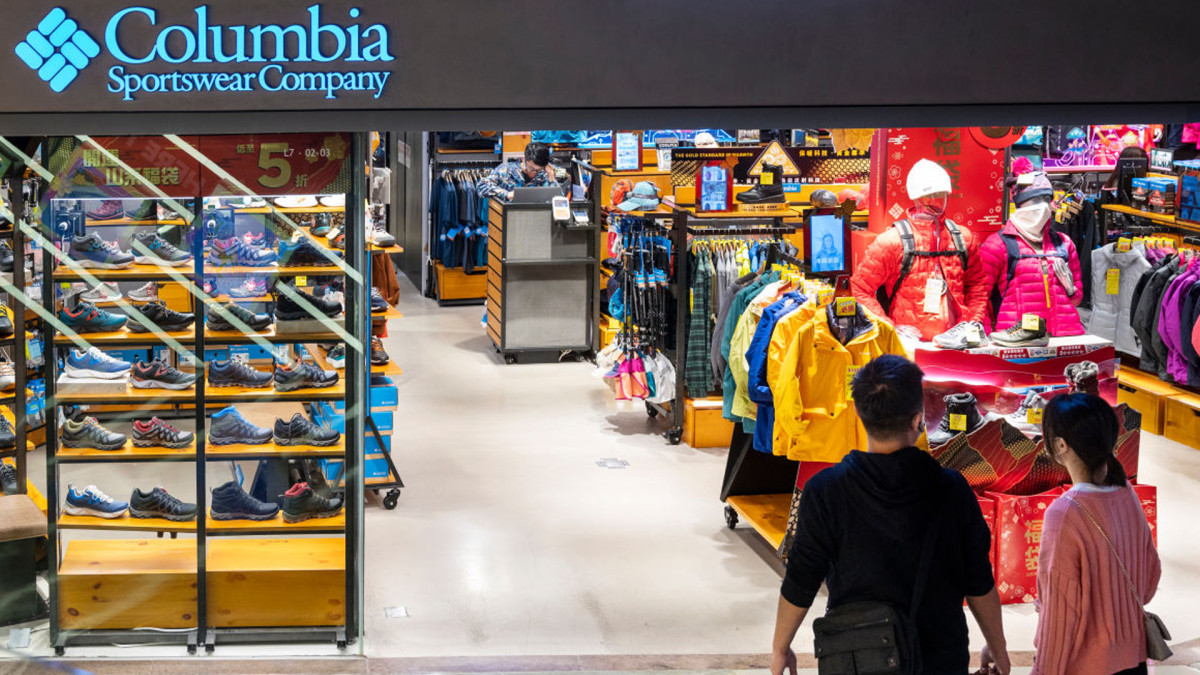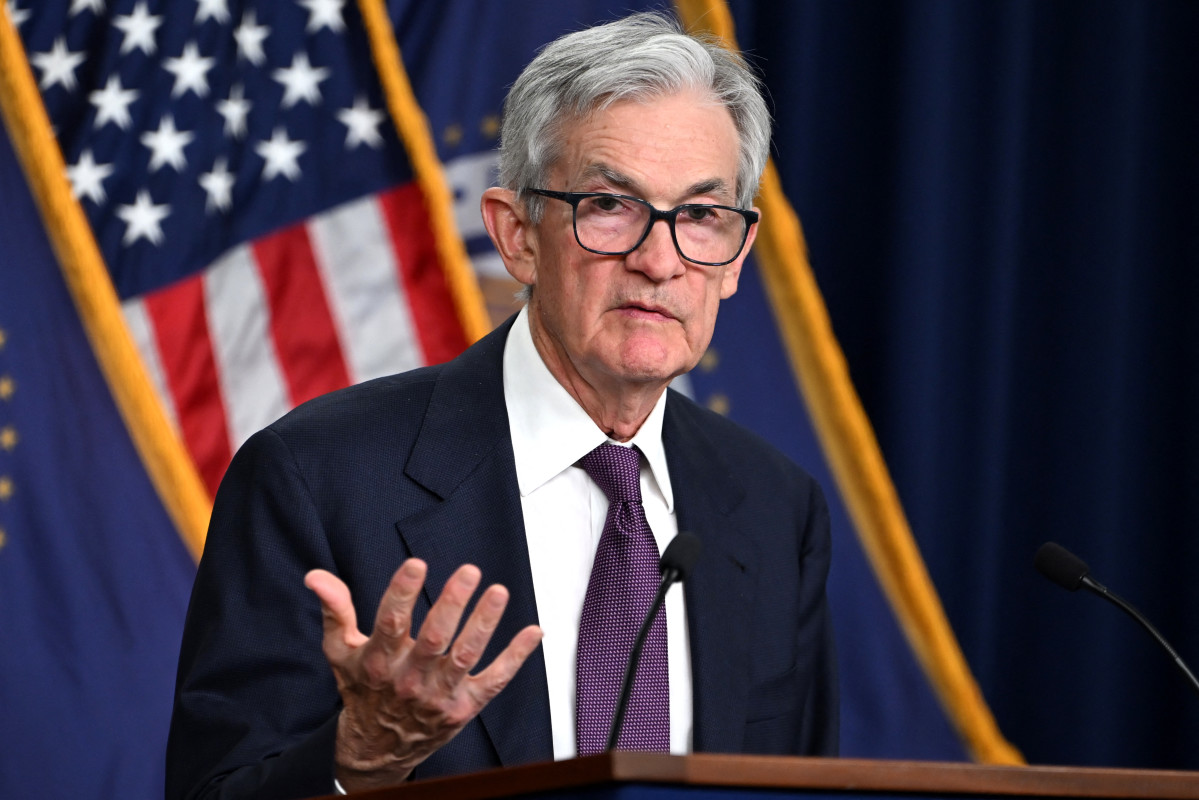Stocks & Market Podcast: Return to sender is big business that shows consumers remain healthy
This article is based on TheStreet’s Stock & Markets Podcast. Hosted by Chris Versace, the veteran Wall Street investor and lead portfolio manager for TheStreet Pro, the weekly podcasts are available early to members of TheStreetPro investing club. Return to Sender was a big hit for Elvis ...

This article is based on TheStreet’s Stock & Markets Podcast. Hosted by Chris Versace, the veteran Wall Street investor and lead portfolio manager for TheStreet Pro, the weekly podcasts are available early to members of TheStreetPro investing club.
Return to Sender was a big hit for Elvis Presley in 1962, and today it’s a big business for Sender Shamiss.
The CEO and co-founder of ReturnPro, a reverse logistics company that works with the world’s largest retailers—including Walmart (WMT)-- and vendors to simplify returns, has a unique perspective on the state of the economy based on the rate returned products.
That viewpoint can be especially valuable with the approaching holiday season and the lack of official economic data due to the government shutdown.
“The consumer is strong and retail's good,” Shamiss told TheStreet’s Chris Versace during the Oct. 22 edition of the Stocks & Markets Podcast. “It's been a pretty good season.”
He noted that many people thought it would be a tough holiday shopping season given tariffs and a weak consumer, but “it's turning out to be anything but that.”
“So your belief is that the consumers are opening their wallets probably more than what a lot of other people think they are?” asked Versace, lead manger for TheStreet Pro portfolio..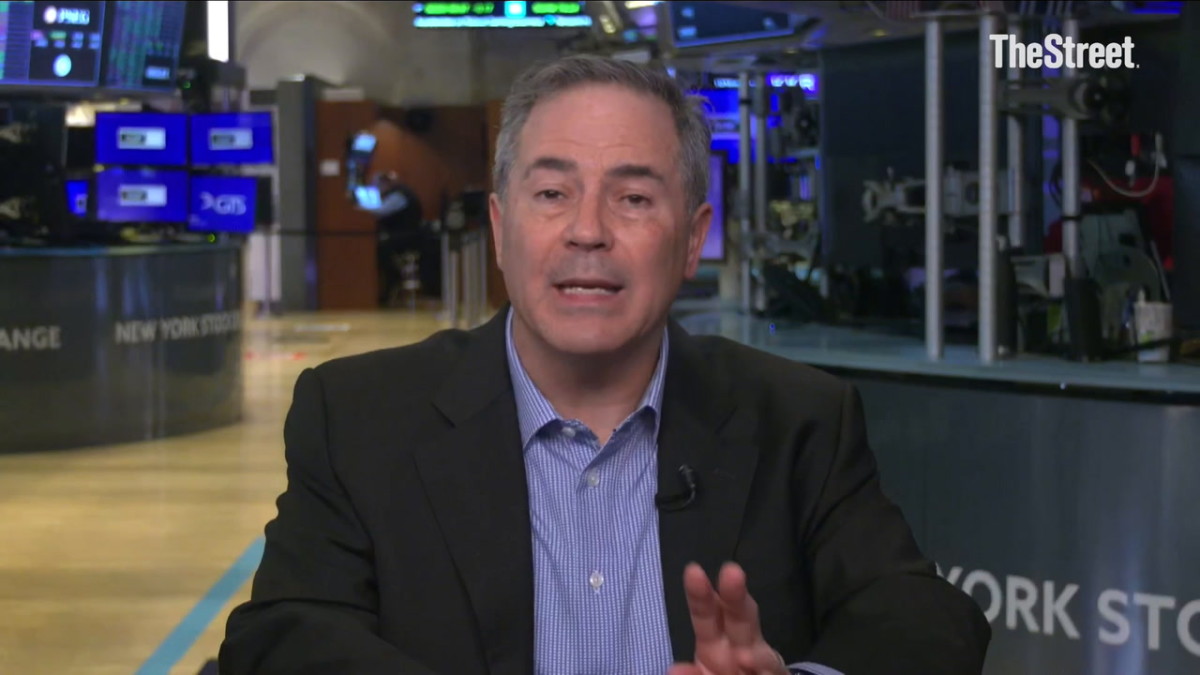
TheStreet Pro's Chris Versace discussed the return industry with ReturnPro CEO.
Company's mission statement: solving returns
“They're not only opening up more, but they're opening up more often,” Shamiss said. “And that's not what was expected... But it looks that way, that's for sure, at least in the short term. And we're happy about it.”
He described the return business as an $800 billion issue, representing over 15% of every item sold in the United States.
“Not only is the problem massive, but a lot of people think that the product that gets returned just gets put on a shelf,” Shamiss said. “And that's never the case.”
More Wall Street:
- Why 2 major asset managers just suspended investments into silver
- JP Morgan CEO issues blunt warning on auto industry bankruptcies
- Bank of America hiring data rings alarm on economy
Depending on the category, it could be as low as 4% that gets restocked, with most of the items going back to return centers and on to liquidation and disposal.
“It's a real problem and we've been solving it for 20 years,” Shamiss said. “That's why the mission statement is solving returns. And that's the exciting part of what we do.”
He explained that retailers and brands are contending with 15% of their inventory being returned.
“It's sitting in some corner of the warehouse, and you need to bring it back to life in the most efficient possible way by losing as little as possible, not hurting the environment and throwing it out and not hurting your own pocket,” he said.
“Our goal is to bring that product back to life for you and recover as much as we can for you.”
Returns expert warns about organized fraud
Shamiss discussed the change in people’s shopping habits over the last several years, including the influence of social media.
“The more disconnected the consumer has become from the physical brick and mortar retail, the easier it is mentally for a person to say, ‘I bought all these things, I'm going to go return them,’” he said.
Related: Stocks and Markets Podcast: Weighing in on AI, Trump and tariffs
The return rate of online sales is much higher as consumers only see a photo or a description of a product.
“Buying items online is never a perfect business, he said. “And of course, Covid, with the spike of dotcom shopping, occurred and the return rate spiked as well with it.”
Apparel is the most returned category and online shopping has led to a practice called bracketing, where consumers buy different sizes or colors of a certain product and return the ones they don’t like or don’t fit properly.
Shamiss said fraud in the return industry is ranges from the consumer behavioral variety, where shoppers return an item after using it once, and organized fraud.
“That's where the trusted algorithm comes in,” he said. “A lot of retailers that see those kinds of patterns and block customers from being able to return at all. But the more prevailing fraud is organized fraud. And that’s very, very difficult to detect.”
He said that every part of the business is using artificial intelligence.
“I just love it, I think it's great, and I think it's going to evolve," Shamiss said. "I think over time we're going to see other automation, humanoid style robotics that can help us with what's work in the facilities, which is a very hard thing for us to do today.”
Related: AI disrupts the job market, not (yet) in a big way
What's Your Reaction?




























